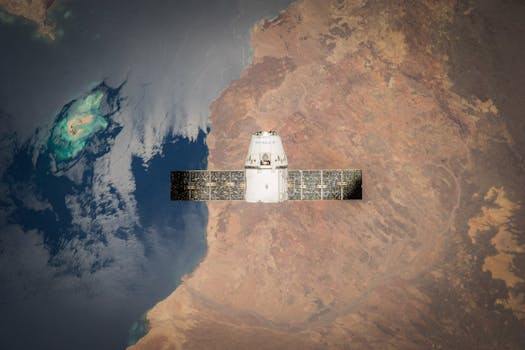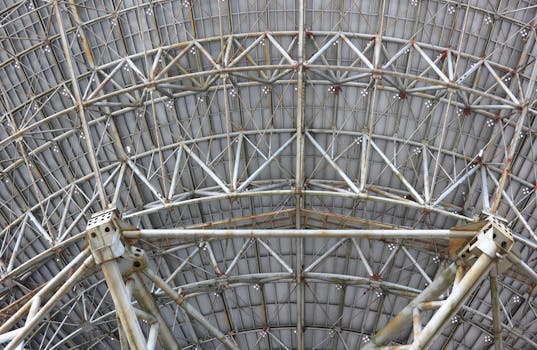Beyond Earth: How Recent Advances Are Shaping Satellite Telecommunications
Satellite telecommunications, Beyond Earth, is an essential part of modern communication systems, providing connectivity to remote and underserved areas, as well as enabling global communication networks. Recent advances in satellite technology have led to significant improvements in speed, latency, and capacity, making satellite telecommunications a vital component of the global communication infrastructure.
Introduction to Satellite Telecommunications

Satellite telecommunications, Beyond Earth, involve the use of artificial satellites in orbit around the Earth to transmit and receive data, voice, and video signals. The first commercial satellite, Intelsat 1, was launched in 1965, and since then, the industry has grown rapidly, with thousands of satellites in orbit today. Satellite telecommunications offer several advantages, including global coverage, high-speed data transfer, and resistance to natural disasters and infrastructure damage.
Recent Advances in Satellite Technology

In recent years, several advances have been made in satellite technology, including the development of new satellite constellations, such as OneWeb and Starlink, which offer faster speeds and lower latency than traditional satellite systems. These constellations consist of hundreds or even thousands of small satellites in low Earth orbit, which work together to provide global coverage and high-speed connectivity. Other advances include the use of advanced materials and designs, such as inflatable satellites and solar-powered propulsion systems, which have improved the efficiency and lifespan of satellites.
Impact of Recent Advances on the Industry

The recent advances in satellite technology have had a significant impact on the satellite telecommunications industry. With faster speeds and lower latency, satellite telecommunications are becoming more competitive with traditional fiber-optic and wireless networks. This has led to an increase in demand for satellite services, particularly in areas where traditional infrastructure is lacking or damaged. Additionally, the development of new satellite constellations has created new opportunities for satellite operators and service providers, such as providing broadband internet access to remote and underserved areas.
Conclusion

In conclusion, recent advances in satellite telecommunications are shaping the future of the industry, with faster speeds, lower latency, and greater connectivity. As the industry continues to evolve, we can expect to see even more innovative technologies and applications, such as satellite-based 5G networks and space-based solar power systems. With its global coverage and high-speed data transfer capabilities, satellite telecommunications will remain a vital component of the global communication infrastructure, enabling connectivity and communication for people and organizations around the world.
See more:
